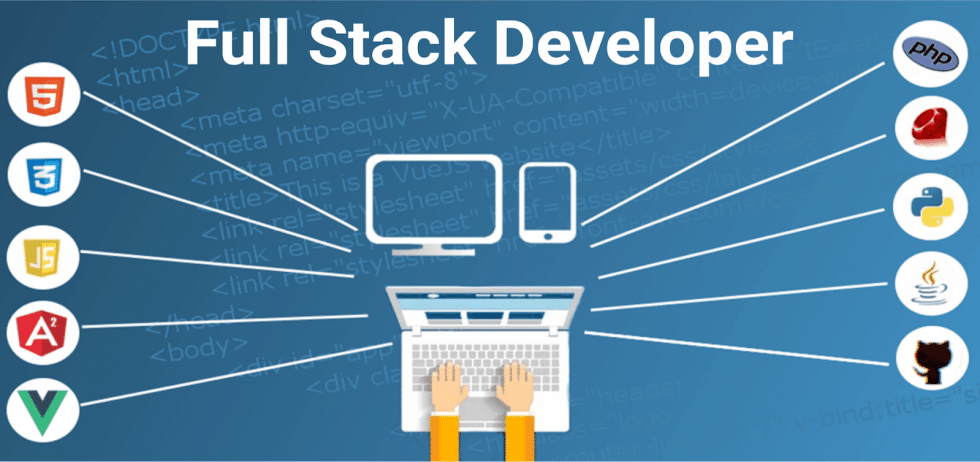The field of full-stack development is constantly evolving, and in 2025, new technologies and methodologies are shaping the way developers build applications. Here are the latest trends in full-stack development for 2025:
1. Microservices and Serverless Architecture
Microservices: Applications are increasingly being built as a collection of smaller, independent services rather than monolithic systems. Full-stack developers need to understand how to create and integrate microservices effectively.
Serverless Architecture: Platforms like AWS Lambda, Google Cloud Functions, and Azure Functions are enabling developers to focus on code without worrying about server maintenance. Full-stack developers are learning to optimize serverless applications for scalability and cost-efficiency.
2. AI and Machine Learning Integration
Businesses are integrating AI and machine learning features into web applications, such as chatbots, recommendation engines, and predictive analytics.
Full-stack developers in 2025 are expected to have some understanding of AI frameworks like TensorFlow.js or APIs for incorporating AI into their applications.
3. Jamstack and Headless CMS
Jamstack (JavaScript, APIs, and Markup) continues to grow in popularity due to its performance and scalability benefits.
Headless CMSs like Contentful, Strapi, and Sanity allow full-stack developers to decouple front-end and back-end development, offering flexibility and faster delivery.
Know more- Full Stack Classes in Pune
4. Real-Time Applications
Real-time features such as live chat, notifications, and collaborative tools are becoming standard.
Full-stack developers are increasingly working with technologies like WebSockets, Socket.IO, and GraphQL Subscriptions to enable real-time data updates.
5. Growth of GraphQL
GraphQL is becoming the preferred way to fetch and manage data in APIs, offering flexibility and efficiency compared to traditional REST APIs.
Full-stack developers are adopting GraphQL alongside back-end frameworks like Apollo Server or Hasura for better data querying and management.
6. DevOps Integration
The DevOps culture is becoming essential for full-stack developers, as companies expect developers to handle CI/CD pipelines, automated testing, and deployment.
Tools like Docker, Kubernetes, Jenkins, and GitHub Actions are part of the full-stack developer’s toolkit.
7. Advanced Front-End Frameworks
React, Vue.js, and Angular continue to dominate, but newer frameworks like Svelte and Solid.js are gaining traction for their simplicity and performance.
Next.js (React) and Nuxt.js (Vue.js) are popular for server-side rendering (SSR) and static site generation (SSG).
Know more-Full Stack Developer Course in Pune
8. Rise of Edge Computing
With edge computing, developers are processing data closer to the user to reduce latency and improve performance.
Full-stack developers are adopting edge platforms like Cloudflare Workers, AWS CloudFront, and Netlify Edge Functions to build faster applications.
9. Focus on Web3 and Decentralized Applications (dApps)
The rise of blockchain and Web3 technologies is influencing full-stack development.
Developers are learning tools like Solidity for smart contracts and frameworks like Web3.js or Ethers.js to interact with blockchain networks.
10. Low-Code/No-Code Integration
Companies are integrating low-code and no-code platforms for quick MVP development.
Full-stack developers are working alongside these tools or extending them by adding custom functionalities through APIs or plugins.
Know more- Full Stack Training in Pune


